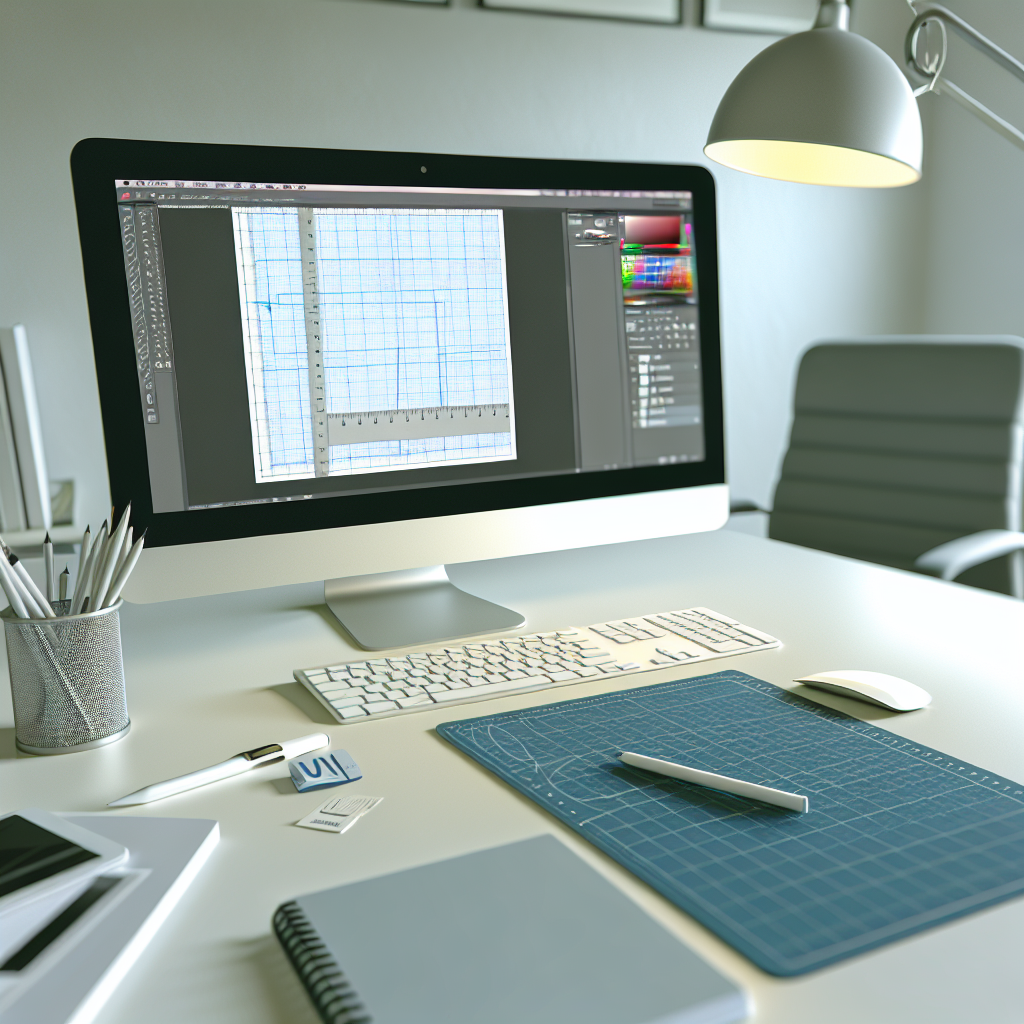In digital design and layout, precision tools like rulers and guides are essential for creating visually appealing and well-aligned content. MacMost Now episode 864 explores how these features enhance workflow and accuracy in Apple’s design software. Understanding how to effectively utilize rulers and guides can significantly improve your creative projects and ensure professional results.
Utilizing Rulers for Precise Measurement and Alignment
Rulers in Mac applications serve as fundamental tools for measuring and positioning elements with precision. When working in graphic design, layout editing, or photo manipulation software like Adobe Photoshop or Affinity Designer, rulers provide a visual guide to align objects accurately. They can be displayed horizontally and vertically along the edges of your workspace, providing instant reference points that help maintain consistency across designs.
One of the primary benefits of rulers is their ability to support **exact measurements** in units such as pixels, inches, or centimeters, depending on your needs. By dragging from the ruler into your workspace, users can create **guides**—non-printing lines that act as anchors for aligning objects. This ensures that your elements are precisely placed, whether you’re aligning text, images, or shapes. Additionally, rulers can be customized to show grid units or zero points, which is essential for complex projects demanding meticulous detail.
Guides as Dynamic Assistance in Design Precision
Guides are indispensable for complex layout work, especially when symmetry, consistency, and accuracy are crucial. Once placed on the workspace using rulers, guides act as **dynamic visual aids** that assist in aligning multiple objects across different layers or sections. Unlike static gridlines, guides are flexible and can be moved freely, allowing for dynamic adjustments as your design evolves.
In practice, guides help resolve alignment issues effortlessly. For example, when creating a multi-column layout for a website mockup, guides ensure consistent margins and spacing between elements. They also facilitate the placement of objects at exact points, which is particularly useful when preparing assets for print or high-resolution displays. By combining rulers and guides, designers can achieve a higher level of accuracy, reducing errors and speeding up the workflow.
Beyond basic alignment, guides can be used for creating complex **layout grids and safety margins** that adhere to publication standards. They can also be hidden temporarily to check layout accuracy before finalizing the design, making them a versatile tool in any designer’s toolkit.
Conclusion
Mastering the use of rulers and guides is essential for anyone looking to elevate their design accuracy and efficiency. Rulers provide essential measurement references, while guides serve as dynamic alignment tools, streamlining complex layouts. By integrating these features into your workflow, you can produce more precise and professional results effortlessly. Embracing these tools will significantly enhance your creative projects and workflow efficiency.
